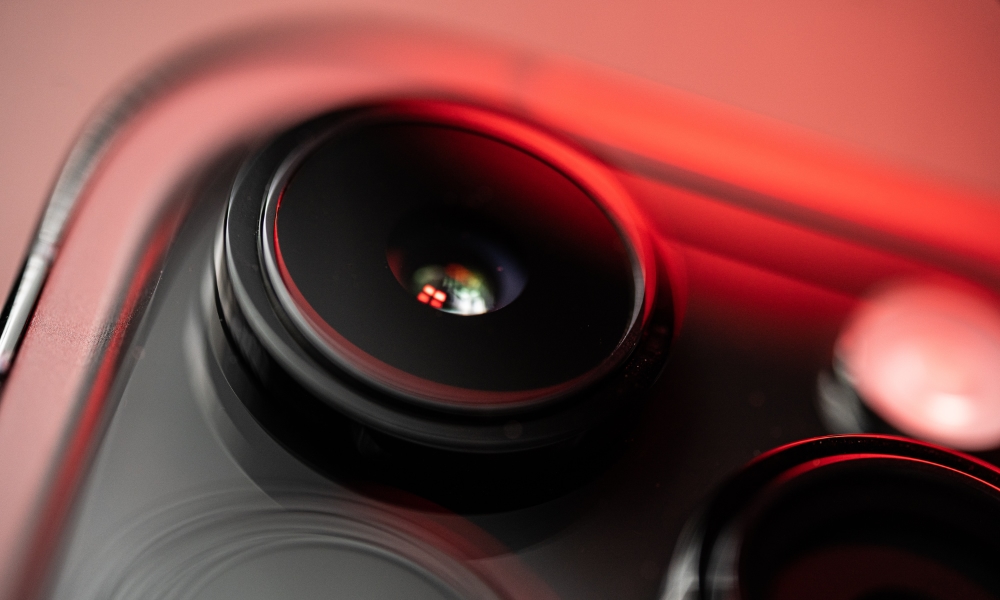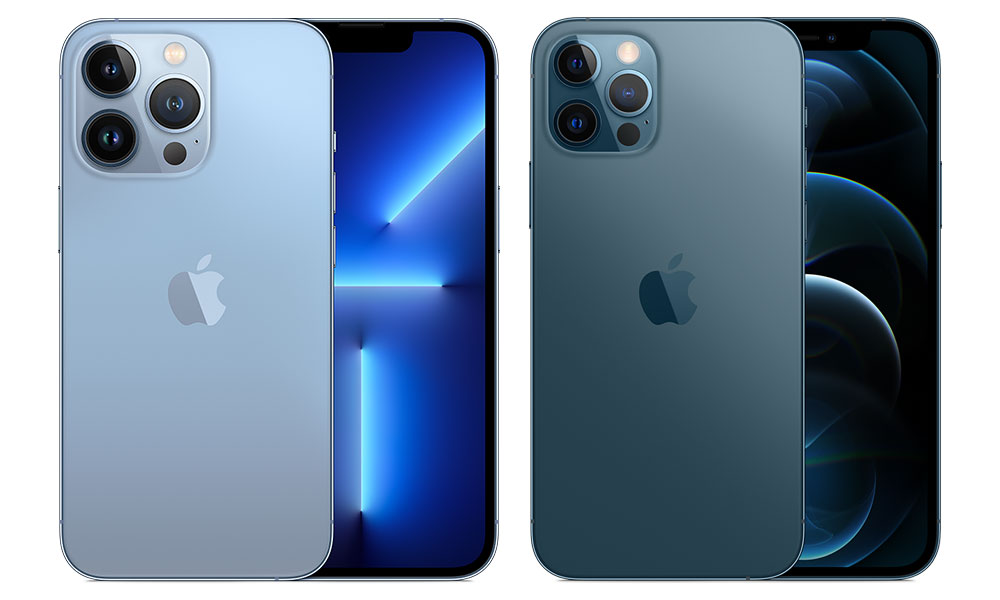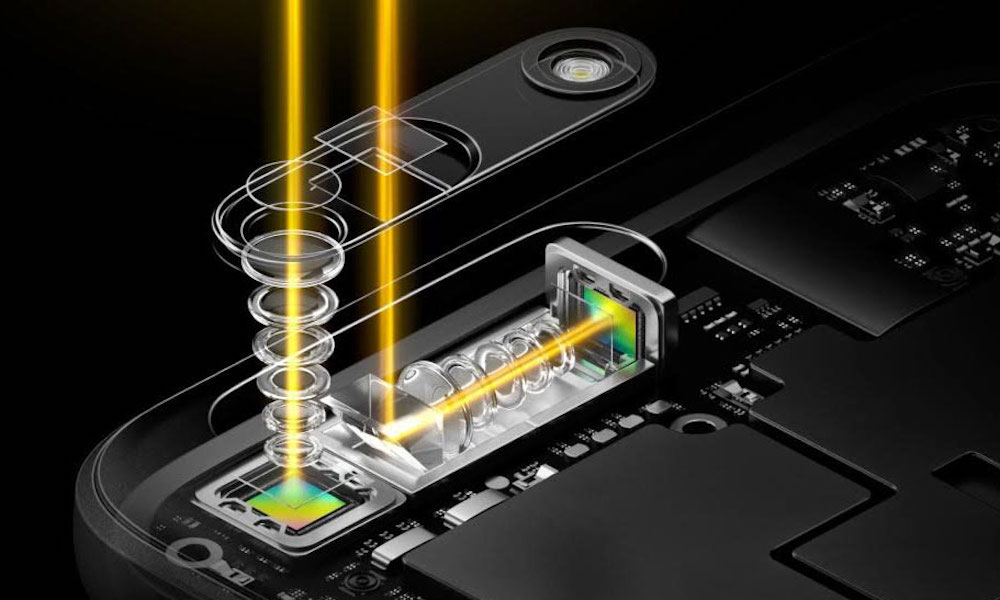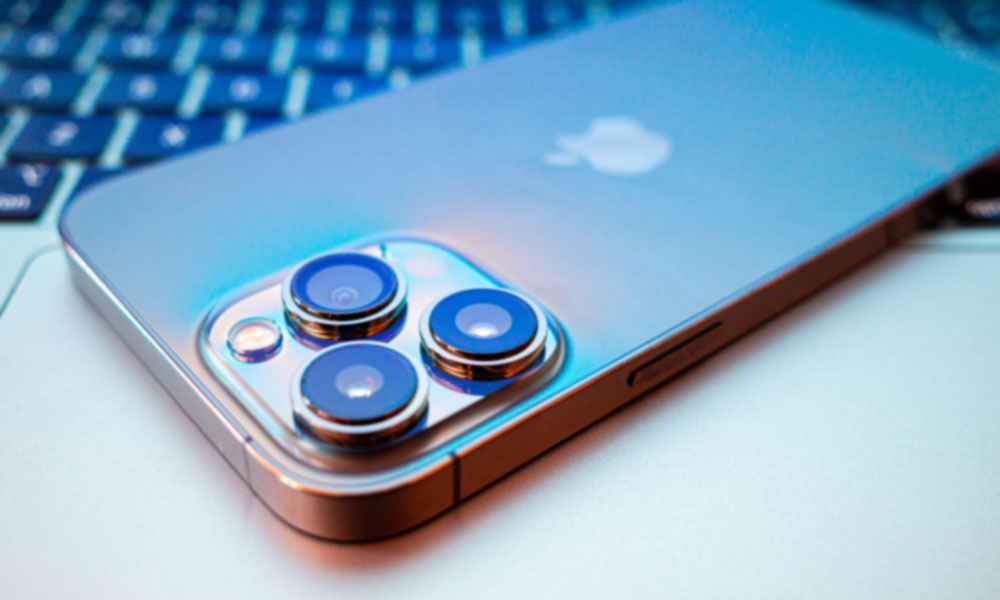Apple May Be Saving Its Best Camera Features for the iPhone 15 Pro Max
 Credit: TheRegisti
Credit: TheRegisti
Toggle Dark Mode
If recent reports are accurate, it looks like this year’s largest “Max” iPhone may once again leapfrog over its smaller sibling when it comes to camera capabilities.
With only one exception, Apple’s iPhone Pro and iPhone Pro Max models have always offered the same camera capabilities. Most years, the main reason to opt for the larger 6.7-inch “Max” model was to get its larger screen and bigger battery. In every other way, the Pro and Pro Max were basically identical.
The only anomaly in the lineup was the 2020 iPhone 12 Pro Max, which featured a 2.5X telephoto lens for the first time, while the iPhone 12 Pro retained the 2X optics from its 2019 predecessor. While the 2.5X lens on the iPhone 12 Pro Max had a slightly smaller aperture, it made up for that with a 47 percent increase in the size of the image sensor. The result was significantly better low-light photography, less noise, and better dynamic range. The iPhone 12 Pro Max was also unique in getting Apple’s new “sensor-shift” optical image stabilization for the first time.
That was the first and only time (so far) that Apple has deliberately set the larger “Max” model apart; other differences like longer battery life were an inevitable result of a larger battery. However, Apple chose to use a better camera and sensor on the iPhone 12 Pro Max, perhaps simply because it offered more room.
However, by the time the iPhone 13 Pro models arrived the following year, Apple had realized that it needed to keep both models on the same footing. A new 3X telephoto lens came to both the 6.1-inch and 6.7-inch models, along with the larger sensor — and the difference was noticeable when comparing the camera bump on the iPhone 13 Pro to the one found on the iPhone 12 Pro.
The iPhone 14 Pro and iPhone 14 Pro Max followed suit, but now it looks like the iPhone 15 Pro Max may once again get the edge over this year’s iPhone 15 Pro — and it once again has to do with its zoom capabilities.
Down Periscope
About three years ago, reports surfaced that Apple was working to bring periscope lens technology to the iPhone. At the time, many believed it would arrive with the iPhone 14, but by late 2021 it seemed apparent it was slated for the 2023 iPhone 15 lineup.
With the iPhone 15 getting ready for mass production, news from Apple’s supply chain have confirmed the periscope lens, but there have been mixed reports about whether it would come to the entire iPhone 15 Pro lineup or only the larger iPhone 15 Pro Max.
Now, Unknownz21, a leaker with a short but relatively accurate track record, claims to have received “independent confirmation” that the periscope lens is coming only to the iPhone 15 Pro Max.
Although such rumors have been swirling for a few months, the leaker emphasized that they aren’t just repeating old news; they’ve received new information confirming those other reports.
For those unfamiliar with the technology, a periscope lens increases the optical zoom in an ultra-thin smartphone by aligning the lenses along the length of the phone and then using mirrors to bend the light that comes in from the standard camera lens. Since higher zoom factors require lenses to be placed farther apart, this allows for a higher degree of optical zoom.
With a periscope lens, the camera sensor and interior lens are positioned perpendicular to the primary lens — usually pointing “up” toward the top of the smartphone — and then a single mirror is placed at a 45-degree angle to the lens to reflect light into the camera.
The technology also isn’t new; it’s been a mainstream feature in Android headsets for nearly five years, and it’s exactly how Apple’s rivals like Samsung and Google manage to accomplish their 5X and 10X optical zoom levels while the iPhone remains capped out at 3X.
Even reaching 3X required Apple to use lenses that protrude further from the back of the iPhone, which can be seen when comparing an iPhone 12 Pro and an iPhone 13 Pro side-by-side. Going to 5X or 10X with traditional optics would require the lens to extend even further. However, a periscope lens allows the light to travel along the length of the iPhone, with lenses that can be placed much farther apart.
The idea of using a periscope lens only in the larger iPhone 15 Pro Max isn’t unreasonable; as with the iPhone 12 Pro Max before it, Apple may only be able to fit it into the larger casing of the 6.7-inch iPhone. Apple isn’t alone here, either — both Google and Samsung limit periscope lenses to their largest flagships, the 6.7-inch Pixel 7 Pro and the 6.8-inch Galaxy S23 Ultra. The difference is that these companies only offer their “pro” equivalent phones in a single size; the Galaxy S23, Galaxy S23+, and Pixel 7 are counterparts to the standard iPhone models.
The list of Android phones that sport periscope lens technology is relatively short, but it almost entirely consists of phones that offer 6.7-inch or larger screens. In the Android world, bigger is better, and that’s what “Pro” typically means. However, this gives Android makers more room to play with; Apple’s choice to offer the iPhone 15 Pro in both 6.1-inch and 6.7-inch sizes means that somewhere along the way, sacrifices may need to be made when it comes to the smaller model.
[The information provided in this article has NOT been confirmed by Apple and may be speculation. Provided details may not be factual. Take all rumors, tech or otherwise, with a grain of salt.]









